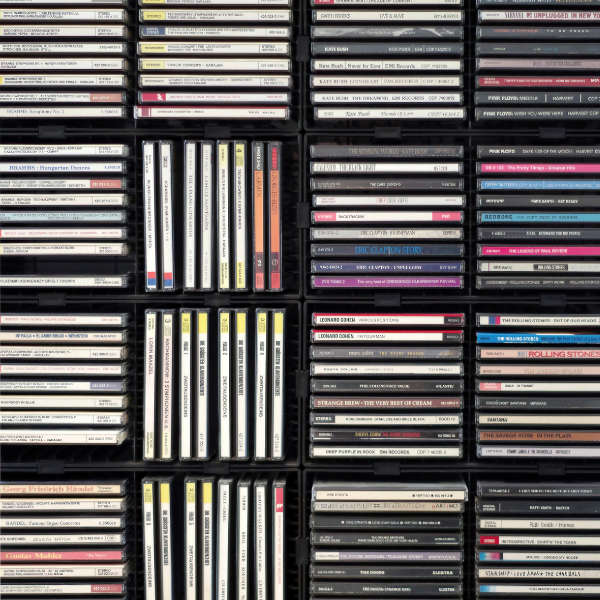
One of the best-known and most reliable meteor showers will be visible tonight as debris left by Halley's Comet will streak across the night sky.
The Orionid meteor shower, which has been going on all month, technically peaks on Wednesday 22 October - however, due to clearer skies, tonight (Tuesday) is likely to be the best chance to see the spectacle.
What could I see?
The annual shower presents a dramatic light show, producing up to 20 meteors every hour until the early morning.
Even if you miss the chance to see it tonight, there will be another opportunity from midnight until dawn on Wednesday, as the shower reaches its peak.
What's the weather going to be like?
Sky News weather presenter Jo Robinson says lengthy clear spells are expected tonight as evening showers will die back to western coasts.
She says that should allow a good chance to see the Orionid meteor shower, with a new moon helping to keep the sky dark.
Those planning to head outside may need to layer up, as it will turn chilly, with a rural ground frost developing, Robinson says.
Some fog patches are likely too.
Scotland will have the best chance to see the meteor shower on Wednesday night - when it peaks - with clear spells expected, Robinson says.
Northern England and north Wales can expect clear skies before cloud and rain move in later on Wednesday.
Elsewhere, however, it will be rather cloudy with some heavy rain - meaning the meteor shower will be harder to see.
What is different about this year?
This year there will be a new moon on 21 October, which is great news as it means the skies will be nice and dark to spot the best of the Orionids.
Even for those in city centres, some of the more spectacular meteors will be possible to see, London's Natural History Museum says.
This differs from last year, when the amount of natural light from the moon hindered visibility.
What actually is it?
The Orionid Meteor Shower is a result of the Earth passing through the debris of Halley's Comet.
Halley's Comet intersects with Earth's path twice every year due to the respective elliptical orbits around the sun.
Each time Halley returns to the inner solar system, its nucleus sheds ice and rocky dust into space.
When they enter Earth's atmosphere, these dust grains become the Orionids in October, as well as the Eta Aquariid meteor shower in May.
The phenomenon gets its name from the Orion constellation, one of the brightest groups of stars in the sky.
The meteoroids can travel at high speeds of 148,000mph through the Earth's atmosphere. Here, the debris vaporises from friction with the air, which causes the streaks of light we call meteors.
While the comet itself only swings close enough to Earth to be seen once every 75 to 76 years, this annual shower provides some compensation for those who miss that rare event.
How can I see the meteor shower?
The good news is that you can leave your high-powered telescope at home, because the meteor shower is visible to the naked eye in all parts of the sky.
All you need, according to experts, is a bit of patience, a clear sky and a safe spot away from street lights and other light pollution.
Read more from Sky News:
Inside 'data centre alley'
Electronic eye implant allows blind patients to regain sight
Experts advise you give your eyes around 30 minutes to acclimatise to the dark skies before you hope to see it, with the best viewing time between midnight and dawn.
When observing, NASA suggests lying flat on your back with your feet facing southeast if you are in the Northern Hemisphere or northeast if you are in the Southern Hemisphere, and taking in as much of the sky as possible.

(c) Sky News 2025: Orionid meteor shower: Here's how to see the dramatic light show tonight


 British troops deployed to Israel to 'monitor Gaza ceasefire' after US request
British troops deployed to Israel to 'monitor Gaza ceasefire' after US request
 Senior King aide was head of royal protection when Prince Andrew 'asked officer to dig up dirt on accuser'
Senior King aide was head of royal protection when Prince Andrew 'asked officer to dig up dirt on accuser'
 Chancellor looking at cutting energy bills in budget
Chancellor looking at cutting energy bills in budget
 Minister called a 'liar' as third survivor quits grooming gangs inquiry
Minister called a 'liar' as third survivor quits grooming gangs inquiry
 Heavy rain and 75mph winds to batter parts of UK - as weather warning issued
Heavy rain and 75mph winds to batter parts of UK - as weather warning issued
 Maccabi-Villa fixture is already fraught - but the bigger challenge could be policing the streets of Birmingham outside
Maccabi-Villa fixture is already fraught - but the bigger challenge could be policing the streets of Birmingham outside
 Sheku Bayoh Inquiry chairman Lord Bracadale stands down over private meetings with family
Sheku Bayoh Inquiry chairman Lord Bracadale stands down over private meetings with family
 All police forces urged to stop recording non-crime hate incidents
All police forces urged to stop recording non-crime hate incidents


